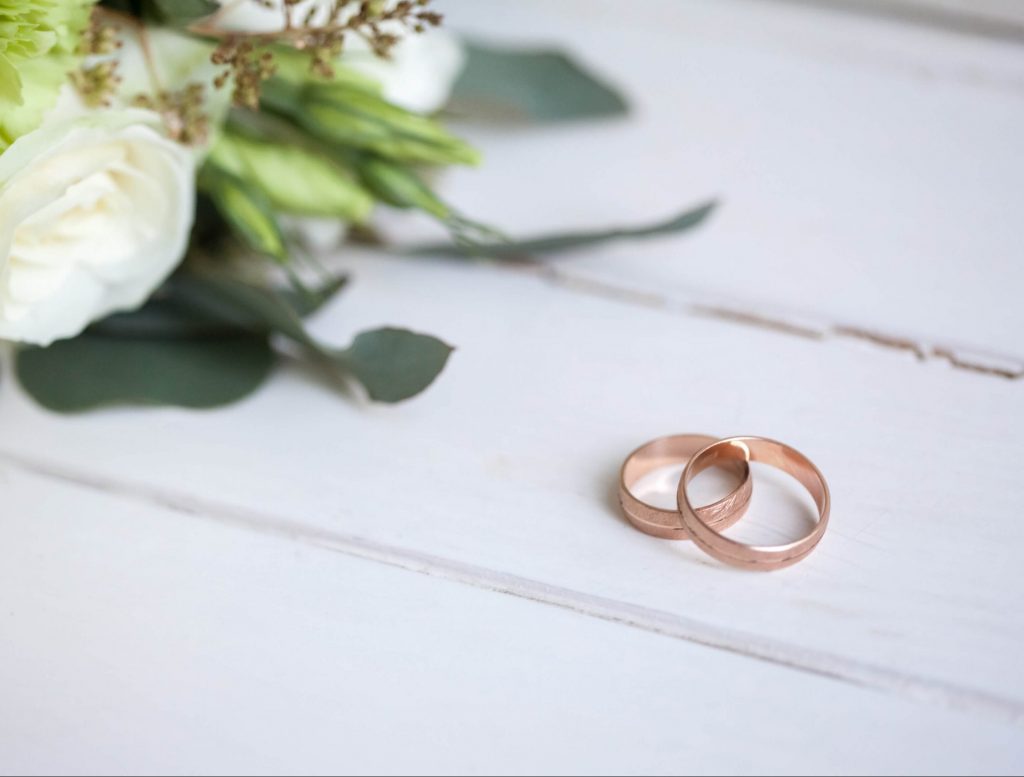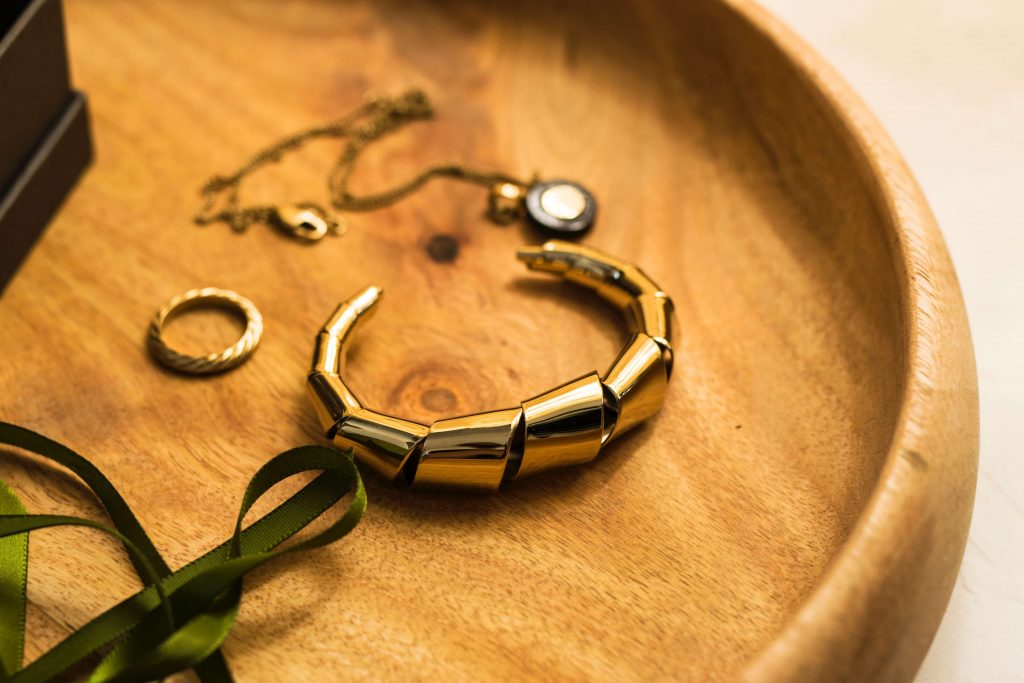Understanding Precious Metals – Platinum versus Gold
Platinum’s naturally white sheen will never fade or change color. PT950 Platinum is made up of 95% platinum and 5% other alloys. It is harder than gold and more scratch-resistant.
Gold is alloyed with a mixture of metals like silver, copper, nickel, and zinc to give it strength and durability. Karatage, denoted by a number followed by “k” indicates purity, or how much of the metal in a piece of jewelry is gold. Karatage is expressed in 24ths, making 24k gold – 100% gold. 18k gold – 75% gold, and 14k gold – 58.3% gold. Depending on its alloy, it comes in White gold, Rose Gold, and Yellow Gold.
Gold is tough and more malleable than platinum. It is also less costly and cheaper to maintain, fix, and re-polish.
Understanding Gemstones
Color, size, clarity, and the type of gemstone determines the rarity of the stone as well as its price. The highest quality gemstones are often deemed by the purity of their hue, the depth of tone, and the color saturation.
Treatment – In general, natural, untreated gemstones are more valuable than treated ones, comparing two gemstones with the same color. However, treatment is commonly used to enhance the color or appearance of the gemstone.
Heat treatment is more acceptable than other forms of treatment as other forms of treatment may damage the stone.
Understanding Pearls
Every pearl is unique in its color, luster, size, and shape. Some common varieties of pearls include:
Akoya pearl (white, cream with hints of pink/green, commonly 3-7mm)
Tahitian pearl (purple, green, grey, or blue, commonly 7-12mm)
South Sea pearl (silver, white and golden, commonly 8-16mm)
Freshwater pearls, cultured in lakes and ponds, with the widest variety of color, shapes, and sizes.


 中文
中文


